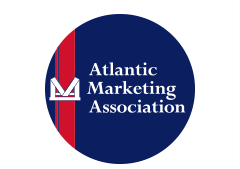Document Type
Proceedings Paper
The Effect of Advertorial Format and Copy Length on Attitudes of Female (Target) and Male (Non-Target) Audiences
The use of promotional messages that resemble editorial content is a long-standing practice in advertising, occurring in all major media, from advertorials in newspapers and magazines, to infomercials on television, to, most recently, digital “native” advertising on the internet. However, we have arguably never experienced as much growth in these advertising-editorial “hybrid” messages, as they are sometimes called (Balasubramanian 1994) as we have in recent years, as their use in existing media has grown while new forms have emerged with new media.
One of the older forms of hybrid message, the magazine advertorial presents an interesting hybrid message format for study due to its prevalence and growth: one recent study reported a 37% growth in advertorials in fashion and beauty magazines over a four year period (Hanson 2014). When asked about the increase in advertorials, most sources cite the need to “break through the advertising clutter” (Cameron & Haley 1992, Dahlen & Edenius 2007, Robinson, Ozanne, & Cohen 2002). The assumption underlying this reason is that advertorials garner more attention from consumers, an assumption that has received some empirical support (Kim, Pasadeos & Barban 2001). What is less clear is why consumers would attend more to advertorials. Probably the most common reason is that consumers mistake hybrid ads for editorial content; that is, they are “fooled” into attending to them (Kim et al. 2001).
